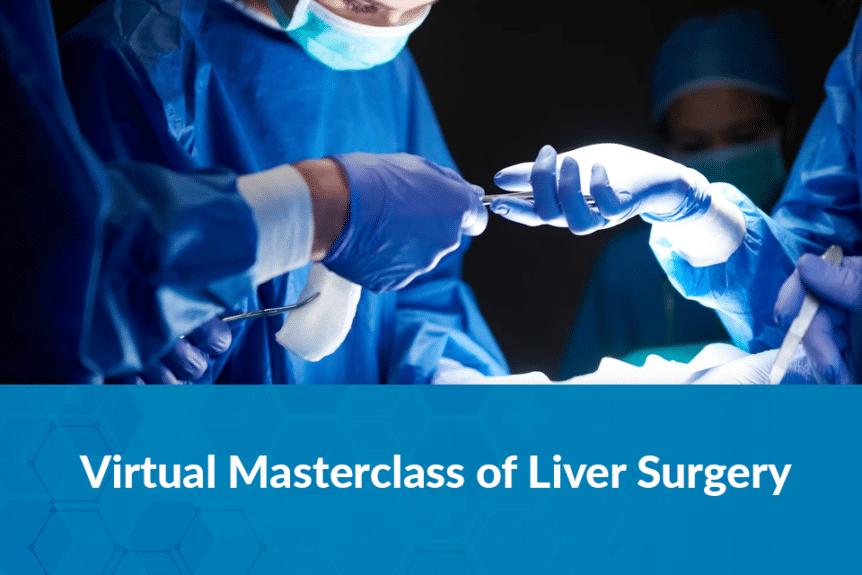
Virtual Masterclass of Liver Surgery
The advent of minimally invasive techniques in liver surgery had opened a new enthusiasm to develop understanding and novel techniques in liver surgery. In 1970s liver anatomy was not clear to most surgeons leading to a high complication rate and mortality after major liver resection. Only in the following decade that the surgeons started to study and understand the intrahepatic vascular and bile duct anatomy.
The development of liver transplantation by Dr. Starzl in the 1980’s further enhanced the understanding of intrahepatic anatomy, especially with more modern living donor liver transplantation. In this case, the surgeon removes half of the liver from a donor, which is then transplanted to a recipient. In order to achieve good outcomes with a liver donor graft after transplantation, the surgeon must understand the details of liver surgery. The vessels within the liver are used to guide such an anatomical resection using a special ultrasonic dissecting instrument. This technique is widely applied in Asia and Europe, but America is lagging behind. Korea and India are leading this type of liver transplantation due to the abundance of liver donors.
Dr. Sucandy was recently invited to speak as an expert surgeon analyzing the method of segment 8 liver resection. The Masterclass liver surgery symposium was organized by colleagues from Italy and Spain. The symposium was attended by more than 500 liver surgeons worldwide from many countries. Dr. Sucandy discussed a comprehensive summary of segment 8 liver resection presented by Dr. Alessandro Anselmo from the University of Rome, Italy. This is a black box in liver surgery where anatomy can be confusing. Additionally, segment 8 is located far and deep in the liver, covered by a ribcage. The access to this location is difficult. As a consequence, most segment 8 liver tumor resection is done via a traditional open approach. Dr. Sucandy said, “the surgeon’s fear for bleeding and lack of anatomical understanding is the cause of stagnation in this operation”. Now with further understanding of how to approach liver segment 8, more and more liver surgeons will be comfortable offering this procedure laparoscopically or robotically. As we know, laparoscopic and robotic liver surgery leads to superior outcomes and less complications when compared to open liver surgery.
Other speakers from Belgium, France, Italy, and the UK were also contributing to this Masterclass series. Dr. Benedetto Lelpo from Hospital Del-Mar, Barcelona moderated the symposium and video review. They are friends and colleagues of Dr. Sucandy. As a leading liver surgeon in the US, Dr. Sucandy keeps an international network with other colleagues worldwide. This is crucial for the constant development of surgical techniques and science in liver surgery. Educating the future generations of surgeons is also important, which is one of the goals of this program. In the US, Dr. Sucandy trains general surgeons and hepatobiliary surgeons who have an interest in liver surgery.

